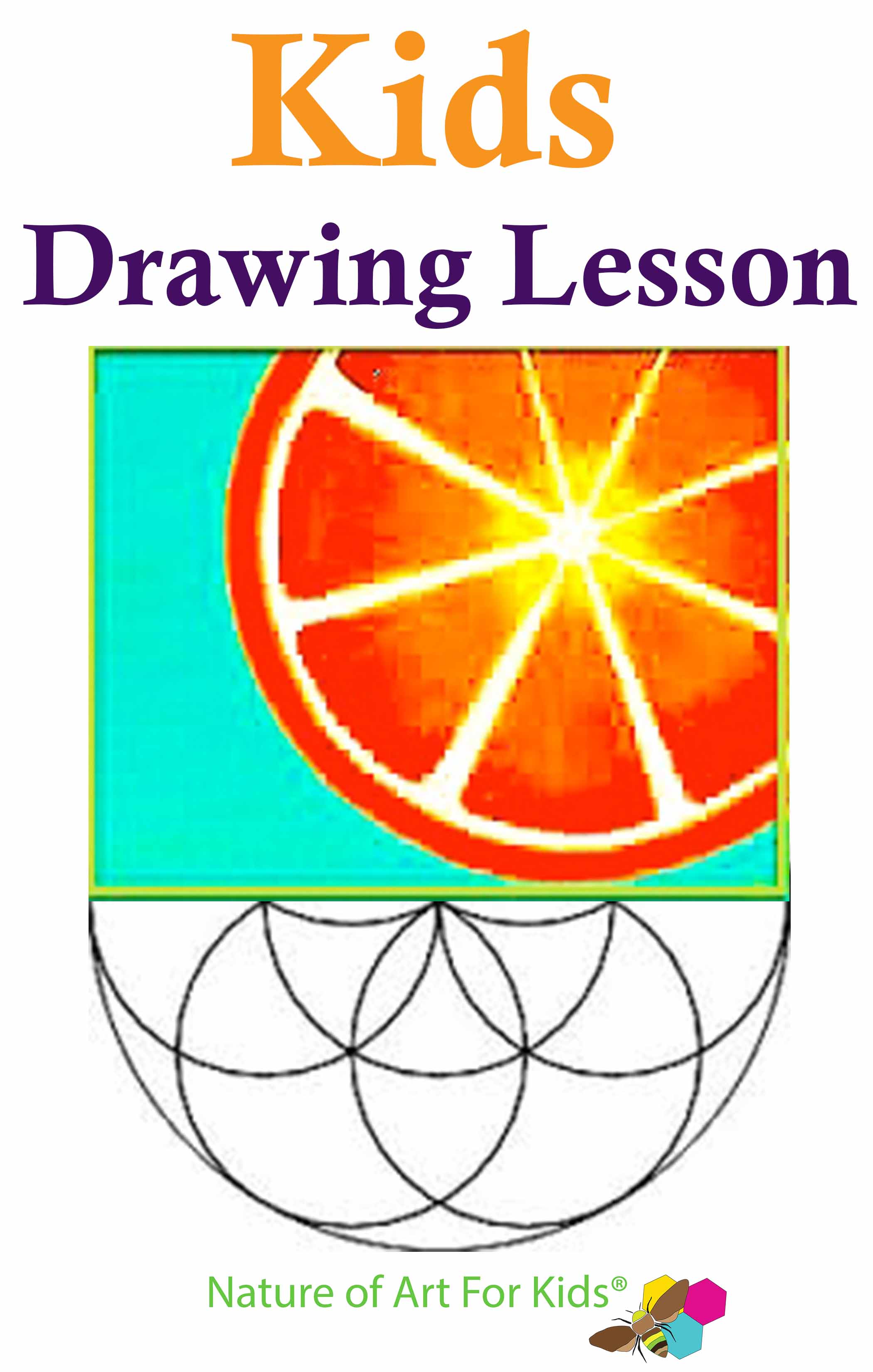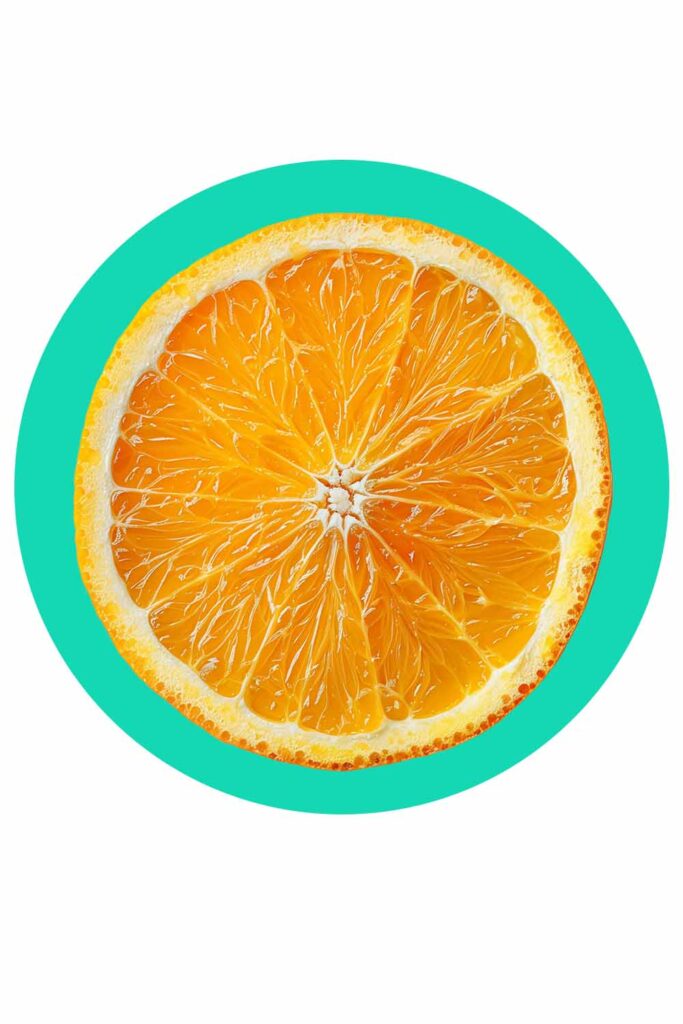
In this blog, I aim to provide you with straightforward drawing lessons on geometric shapes and symmetrical balance. I will also include a suggested materials list. Nearly every drawing begins with recognizing a basic shape or form. Geometry and symmetry have captivated numerous individuals, including renowned figures such as philosophers, astronomers, mathematicians, artists, architects, and physicists.
Geometric shapes and symmetry can be intriguing for kids to learn, especially when connected to the natural world. Patterns of symmetry can be observed in various natural objects, including fruits! Both lower elementary and upper-grade students thoroughly enjoy drawing fruit when they uncover the captivating natural patterns present within them.

Start Drawing Basic Shapes
This lesson can be completed in one day or divided into smaller segments. It’s beneficial for kids to begin by learning how to draw basic geometric shapes before progressing to drawing fruit. For young children in 1st to 4th grade, I suggest focusing on practicing drawing 2-D flat geometric shapes.
Younger kids require additional time to refine their ability to draw shapes proportionally. Older students can be encouraged to create intricate geometric patterns with consistent proportion. Additionally, older students can explore creating volume and space by drawing 3-Dimensional line shapes.
Drawing Materials
- Sketch Pencils: Pack of assorted sketch pencils
- Kneading Eraser: Professional artist’s kneading eraser
- Sketchbook: Quality 9 x 12 sketchbook
- Drawing Set: Professional drawing set
- Art Supplies Guide: Elementary Art Guide for drawing supplies recommendations
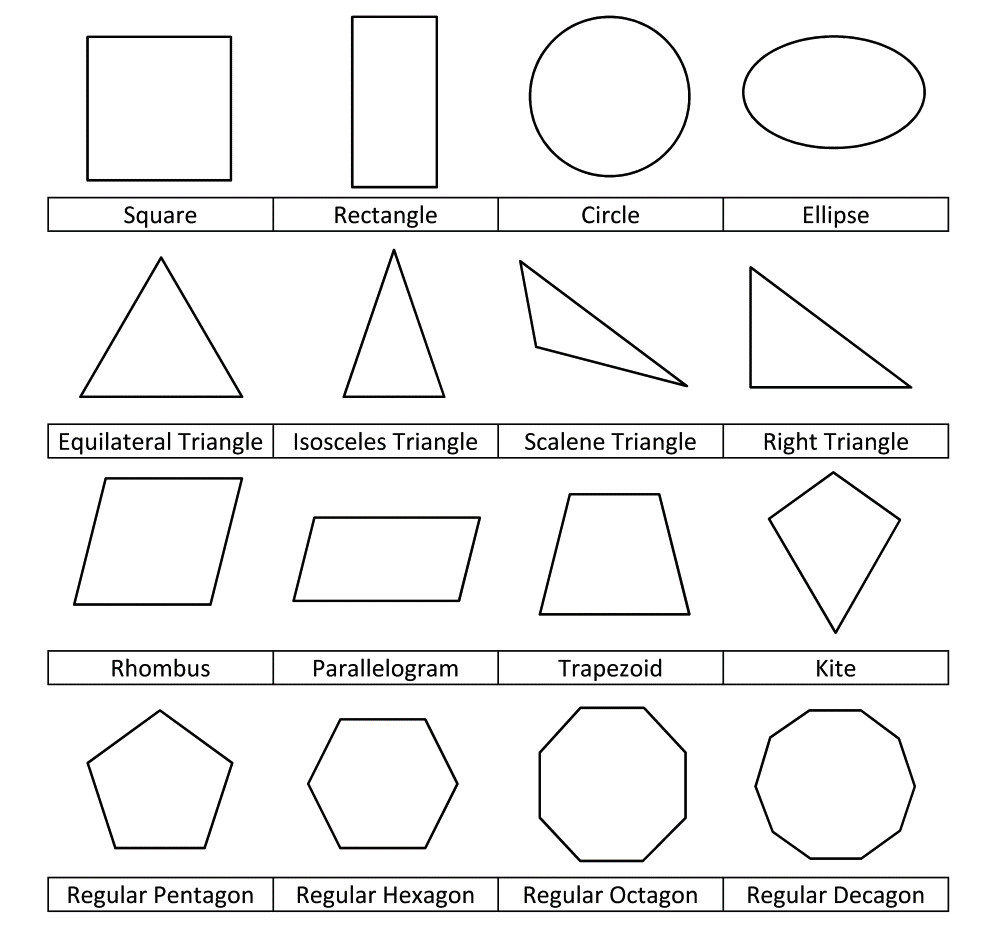
Shapes Lesson
Demonstrate geometric shapes to children and illustrate their appearances. You can opt to review the names of these shapes and identify simple shapes in their surroundings. Encourage them to locate similar objects nearby to recognize the shapes present. For instance, a cell phone is rectangular, a school clock is circular like a circle, a door is rectangular, and so forth.
Draw Line Shapes Lesson
Ask students to sketch a variety of line shapes without shading, focusing solely on the lines. You might need to show them how to draw straight lines using a ruler and how to depict curved shapes. Students might require guidance on erasing lines to achieve the desired shape. If you need drawing resources, feel free to check out my drawing curriculum for children here. Happy drawing!
This process may involve multiple attempts before children are content with their shapes. Encourage them to practice until they can draw shapes that are easily recognizable. For older students, consider discussing how geometric shapes can appear three-dimensional by utilizing lines to create volume and space.
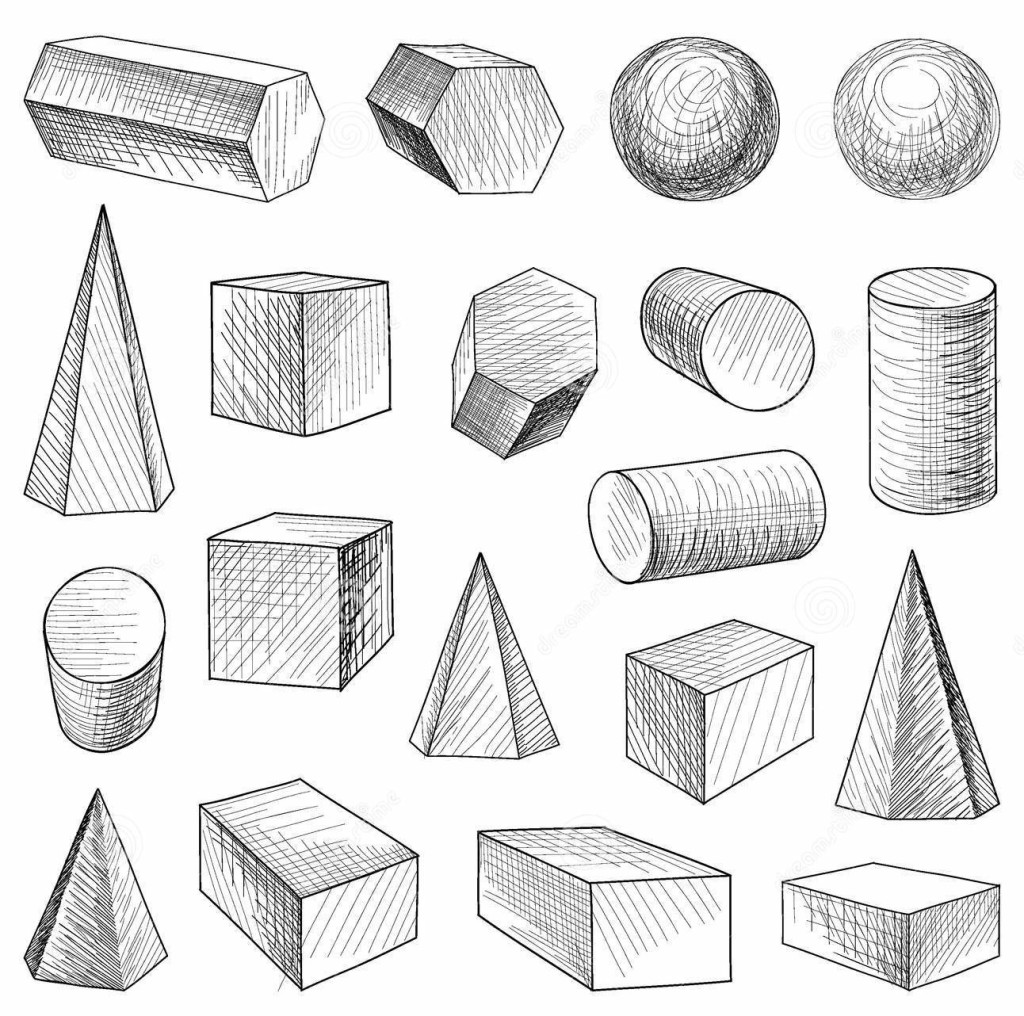
Symmetry Balance Lesson
Introduce children to the concept of symmetry and demonstrate what symmetrical balance entails. Provide examples of the centerline in symmetrical shapes and illustrate how both sides are always equal. Explore this African mask symmetrical craft project as a way to teach symmetry effectively.

Symmetry Lesson
Next, instruct your students to create two to three distinct geometric shapes and then draw a centerline to demonstrate symmetrical balance on both sides. Remember to keep the lesson simple and engaging for effective learning.
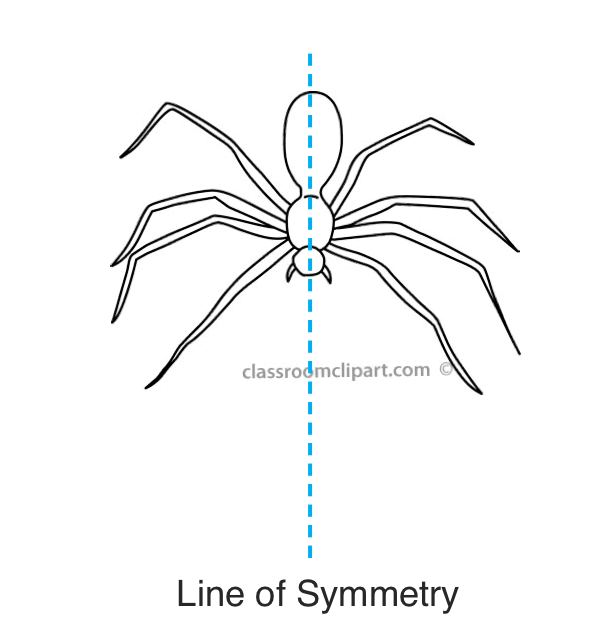
Once your students grasp geometric shapes and symmetrical balance, it’s time to encourage them to design using these concepts. Task the kids with drawing geometric shapes into a symmetrical balanced pattern like fruit. This activity can vary from simple for young children to more complex for older ones. Show examples of patterns ranging from easy to intricate to inspire creativity.
Drawing Fruit Lesson

Draw Still Life Lesson
Transitioning to drawing real fruit, consider bringing in actual samples for the children to observe the geometric shapes and symmetry present. Encourage the kids to study still life setups or images of fruit, including cut-open fruit to reveal patterns inside. Prompt them to identify any geometric shapes or patterns they notice in the fruits.


Drawing Texture
Let’s now shift our focus to textures. Encourage the kids to closely observe and draw textures. Prompt them to identify the details they see, such as lines, shapes, and textures on their chosen object. This activity is designed to enrich their comprehension of texture and symmetry in design.

List of Art Supplies:
- Drawing paper – 8 1/2 x 11
- Graphite pencil
- Eraser
- Ruler
- Color Medium – Color Pencils
- Pictures or Still Life Fruit Cut into Slices
These art supplies will be essential for the drawing activity focused on textures and geometric shapes in fruit illustrations.

Friut Drawing Steps:
- Fruit Selection:
- Instruct students to choose a fruit with geometric shapes, patterns, and symmetrical balance.
- Drawing in Graphite:
- Guide students to sketch the fruit using a graphite pencil.
- Encourage them to erase any unwanted lines and marks once they are satisfied with the fruit drawing.
- Coloring the Fruit:
- Have students color in the fruit using color pencils.
- Remind them to also color the background to complete their illustration.
- Additional Step for High School Students:
- For high school students, suggest using mediums like gouache, dry watercolor cakes, or mix media to add an extra artistic dimension to their work.

Summary:
In this blog, I have presented a series of lessons aimed at enhancing drawing skills through the observation of geometric shapes and symmetry in natural fruits. The easy drawing exercises allow children to identify symmetrical patterns present in various fruits.
I have also provided a basic art supply list necessary for completing these lessons effectively.
One key takeaway is that this project appeals to all ages, making it a versatile and engaging activity. You can tailor the drawing exercises to be simpler for younger children and more challenging and intriguing for older students, ensuring broad appeal and educational value across different age groups.
Lesson Scope and Sequence
Identifying geometric shapes, identifying geometric shapes in nature, basics sketching practice, using a ruler to make straight lines, learning to make curve round shapes, learning to sketch and erase, identifying symmetry, identifying symmetry in natural objects, learning to balance shapes into symmetrical patterns, identifying a symmetrical center point, composition and sketching fruit and practicing color pencil.
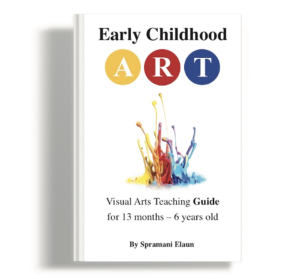
All rights reserved © 2025, Nature of Art®

No part of this blog may be used or be reproduced in any manner whatsoever including reproducing, publishing, performing, and making any adaptions of the work – including translation into another foreign language without written permission except in the case of brief quotations embodied in critical articles and reviews. Nature of Art® Publishing P.O. Box 443 Solana Beach, California 92075.
